commentary Commentary
Commentary: Five considerations for a clear-minded coronavirus response
Clarity on the outcomes governments are aiming for and the consequences of actions taken are crucial at this time, says Saw Swee Hock School of Public Health’s Hannah Clapham.
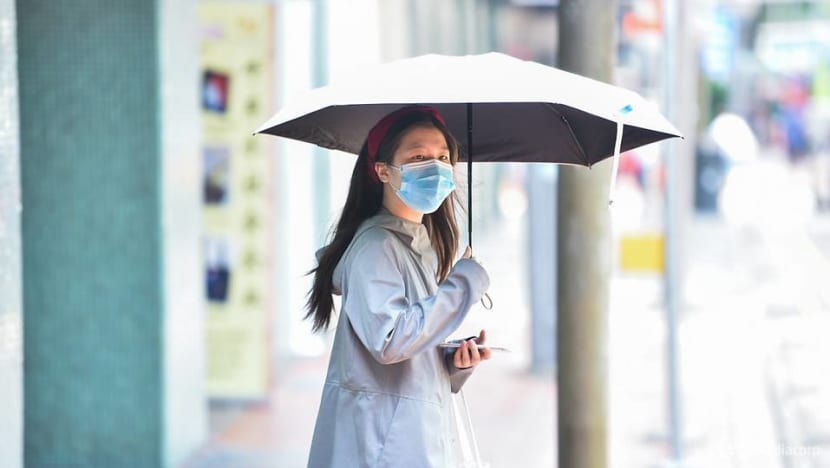
A woman wears a protective face mask in Singapore on Mar 11, 2020. (Photo: Gaya Chandramohan)
SINGAPORE: There has been much talk recently of the “herd immunity strategy”.
Herd immunity is the indirect protection and subsequent reduction in cases brought about because a specified proportion of the population is immune to that disease.
Herd immunity can be the outcome of a strategy or action, most sensibly, of vaccination. In the UK, however, herd immunity for COVID-19 has been discussed as the outcome of taking minimal action and letting many in the population get infected.
The UK’s COVID-19 response has gained renewed attention after UK Prime Minister Boris Johnson and Health Minister Matt Hancock tested positive for the virus this week.
A key issue in the discussion around the “herd immunity strategy” is one that has been seen more broadly in the COVID-19 response: Confusion around what a strategy is, versus what an action is and even what an outcome is.
This may sound like semantics, but confusion between these terms has had a serious impact on policy-making around the world.
Here are other words that have been much used recently: Containment, suppression, mitigation. Are these actions, responses or outcomes?
READ: Commentary: The ways in which the COVID-19 pandemic could unfold
READ: Commentary: How to avoid a fight when you're worried about COVID-19 but your other half isn't
These words have each been used to mean all of the above, which has led to some confusion. For example, suppression is the outcome of having few cases in the population and keeping transmission under control. However, it has also been used to describe the strategy, even the actions taken to achieve this.
For some clarity, let’s group things into four groups: outcomes, actions, constraints on these actions, and other consequences of these actions. Being clear-minded on these is critical in determining and communicating an effective coronavirus strategy.
1. UNDERSTANDING WHAT OUTCOMES WILL ARISE IF NOTHING IS DONE
Firstly let’s consider the action of inaction, where we do nothing differently and continue going about daily life, with no public health response.
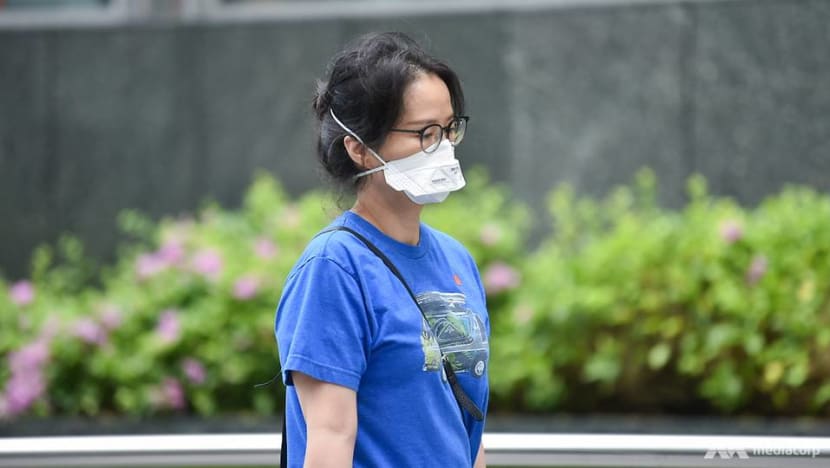
We have two, non-mutually exclusive ways of predicting this outcome – first, using mathematical models to bring together what we know about the disease and the healthcare system and how it spreads, to get predictions of infection, case numbers and the impact on the healthcare system.
Second, using mental models to extrapolate from what we have observed in other places. Initially we had the first few months of cases in Wuhan, then Italy, to assess what would happen if we did nothing.
Unfortunately we may soon have other examples of what doing nothing, or doing something too late, looks like.
READ: Commentary: Italy’s ‘darkest hour’: How a country-wide lockdown is generating divisions
READ: Commentary: The US healthcare system was ill-prepared in the first place
The first approach can produce useful insight, but there are currently many uncertainties. The second approach seems sensible, but there is room for people to say, the conditions here are vastly different from China, Italy or New York.
Drawing conclusions from my work and those of my colleagues around the world, using both mathematical and mental models, it is clear the outcome of inaction will be devastating both in terms of health outcomes and for the economy.
2. IDENTIFYING SPECIFIC OUTCOMES TO ALTER
Since we agree taking no action is not a viable strategy, we should next start crystalising what outcomes we desire.
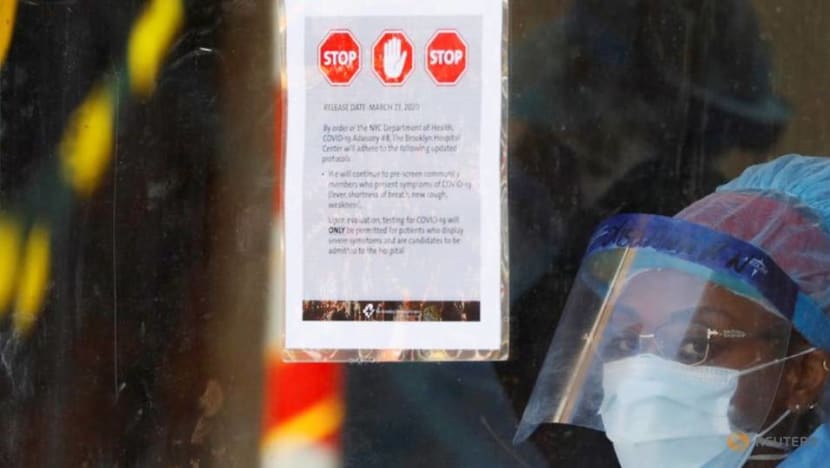
The preferable outcomes we should be aiming for, broadly speaking, are reductions in the number of infections, cases or deaths, but there are some subtleties within that.
Countries may want to develop a focus, whether reducing onward spread from imported cases, keeping case numbers low for a period of time (until vaccine available, for example), or ensuring that the number of cases needing hospitalisation, ventilators and ICU beds at any time is not higher than what is available at that time (essentially, flattening the curve).
3. LAYING OUT ACTIONS AND IDENTIFYING CONSTRAINTS
In order to achieve each outcome, there are a range of actions that can be taken. Some examples from around the world include physical distancing, movement restrictions (local, national and international), closing schools, testing and isolation of cases, contact tracing and isolation of individuals with underlying health conditions.
The decision on which actions to take lies with respective governments, but as members of society, some of these are actions we have to take.
READ: Commentary: Developing affordable, accurate test kits for COVID-19 one of the biggest challenge this outbreak
READ: Commentary: How inadequate testing capabilities has hampered the US in its COVID-19 fight
We need to be clear about how each action is helping achieve the outcome. The actions listed above will limit the numbers of infections and cases.
Other actions will alter the outcome in a slightly different way, by changing the healthcare capacity to deal with cases, for example, increasing numbers of beds or ventilators available, or by reducing burden of other diseases.
There are of course constraints on what actions can be taken, for example current testing capabilities, current contact tracing systems, social norms and what a population will follow, and authorities’ ability to enforce restrictions.
Each country’s action have been taken within their own unique constraints and what has been deemed possible.
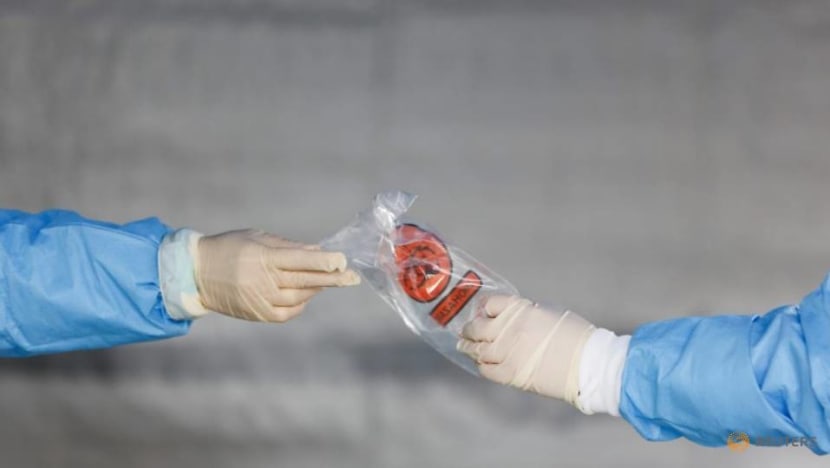
For example, the UK government argued it couldn’t bring in strict measures early as people would tire of them.
Singapore has been carrying out rigorous testing and aggressive contact tracing, but this was not deemed possible in other countries, due to constraints of the contact tracing systems.
These constraints may be real, but they may be moveable, either by the mobilisation of resources, or by updating the mental model about what is possible. This has already been clearly demonstrated, as actions that seemed impossible only four months ago, such as keeping vast amounts of people under lockdown, are now happening around the world.
READ: Commentary: China’s coronavirus lockdown on cities was necessary. But there are more important lessons
READ: Commentary: Looks like containment of novel coronavirus not as effective as we had hoped
Constraints also must be viewed in the context of the outcome of inaction.
4. MAPPING OUT THE CONSEQUENCES OF ACTIONS
The actions taken to improve the outcome will also have other consequences. For physical distancing or movement restrictions, consequences will include isolation and loneliness, loss of income, more people needing to do online shopping and those with unstable home environments left at increased risk.
For school closures, the consequences may include key workers staying home to look after children, or children spending more time with vulnerable grandparents. For both of these actions, there will also be wider economic impacts, particularly on smaller businesses.
Some of these consequences feed directly back into the disease outcomes, for instance, if healthcare workers must stay at home to look after children, which has lead the UK to keep schools available only for children of key workers.
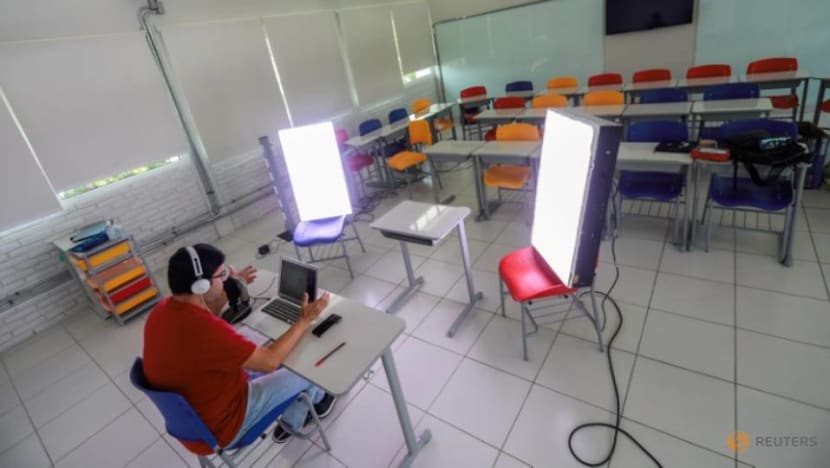
Other consequences do not impact the disease outcomes, but also must be responded to, for example the consequence of loss of income can be managed by government action of subsidies or universal basic income.
5. WEIGHING UP OUTCOMES AND CONSEQUENCES OF DIFFERENT ACTIONS GIVEN UNCERTAINTIES
All around the world, governments and individuals are weighing up the outcomes and consequences of different actions, and making very tough decisions.
It has been argued that the initial actions by governments in resource-limited places have been more extreme as the outcomes of inaction, given current healthcare systems and economy, were perceived as being too costly.
In contrast, the UK may have believed that it could deal with the outcome of inaction or minimal action. It is clear this is not the case.
READ: Commentary: Has Myanmar been in denial over COVID-19 outbreak all this while?
READ: Commentary: South Korea succeeded in controlling COVID-19 panic buying, thanks to tracking and surveillance
Globally, but particularly in the US, the discussion is being framed by some as the health outcomes of inaction versus the economic consequences of actions. We can clearly see the economic consequences of the actions taken to manage the coronavirus spread, however, the economic consequences of inaction are perhaps less clear.
It seems obvious, but perhaps researchers and policymakers need to do a better job of quantifying and communicating the impact on the economy when large numbers of people are seriously ill, deaths mount, and hospitals are overwhelmed.
As we deal with a completely new disease and a completely new situation, there is much uncertainty.
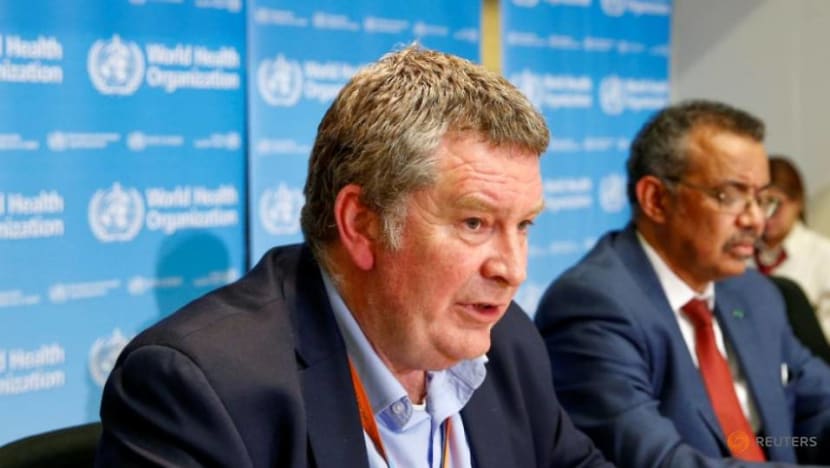
These uncertainties must be weighed up and research done to fill these knowledge gaps and inform a stronger response, but as the World Health Organisation Health Emergencies Programme head Dr Mike Ryan has said, we cannot let this uncertainty stop us from taking action now.
THE SINGAPOREAN RESPONSE
The Singapore government’s response, which has been praised around the world, has been aiming for the outcome of keeping cases as low as possible for as long as possible, and not overwhelming the healthcare system.
Up until now most of the actions here have been taken by the government agencies, such as intensive testing, contact tracing and quarantine, with consequences only for targeted individuals.
READ: Commentary: Why Singapore is preparing to tap the brakes to slow COVID-19 spread
READ: Commentary: Why Singapore is better prepared to handle COVID-19 than SARS
We are all now being asked to take actions in the form of physical distancing. All the small physical distancing actions we each take now will lead to the outcome of fewer cases and a non-overwhelmed healthcare system.
At some point we may have herd-immunity, be that due to the spread of the disease, or use of an as of yet non-available vaccine, but in the absence of a vaccine the goal of achieving herd-immunity should not be the driver of actions.
As for the consequences of these actions, the Singaporean Government appears to be bringing in decisive policies to support those who are impacted and individuals are acting to support their communities.
BOOKMARK THIS: Our comprehensive coverage of the novel coronavirus and its developments
Download our app or subscribe to our Telegram channel for the latest updates on the coronavirus outbreak: https://cna.asia/telegram
Hannah Clapham is an assistant professor at the Saw Swee Hock School of Public Health at the National University of Singapore and was previously the head of modelling at the Oxford University Clinical Research Unit in Ho Chi Minh City.














